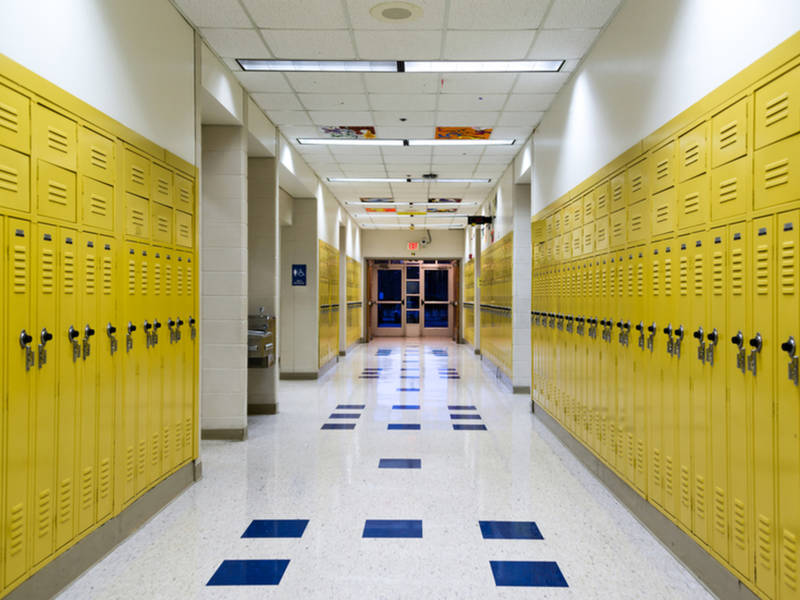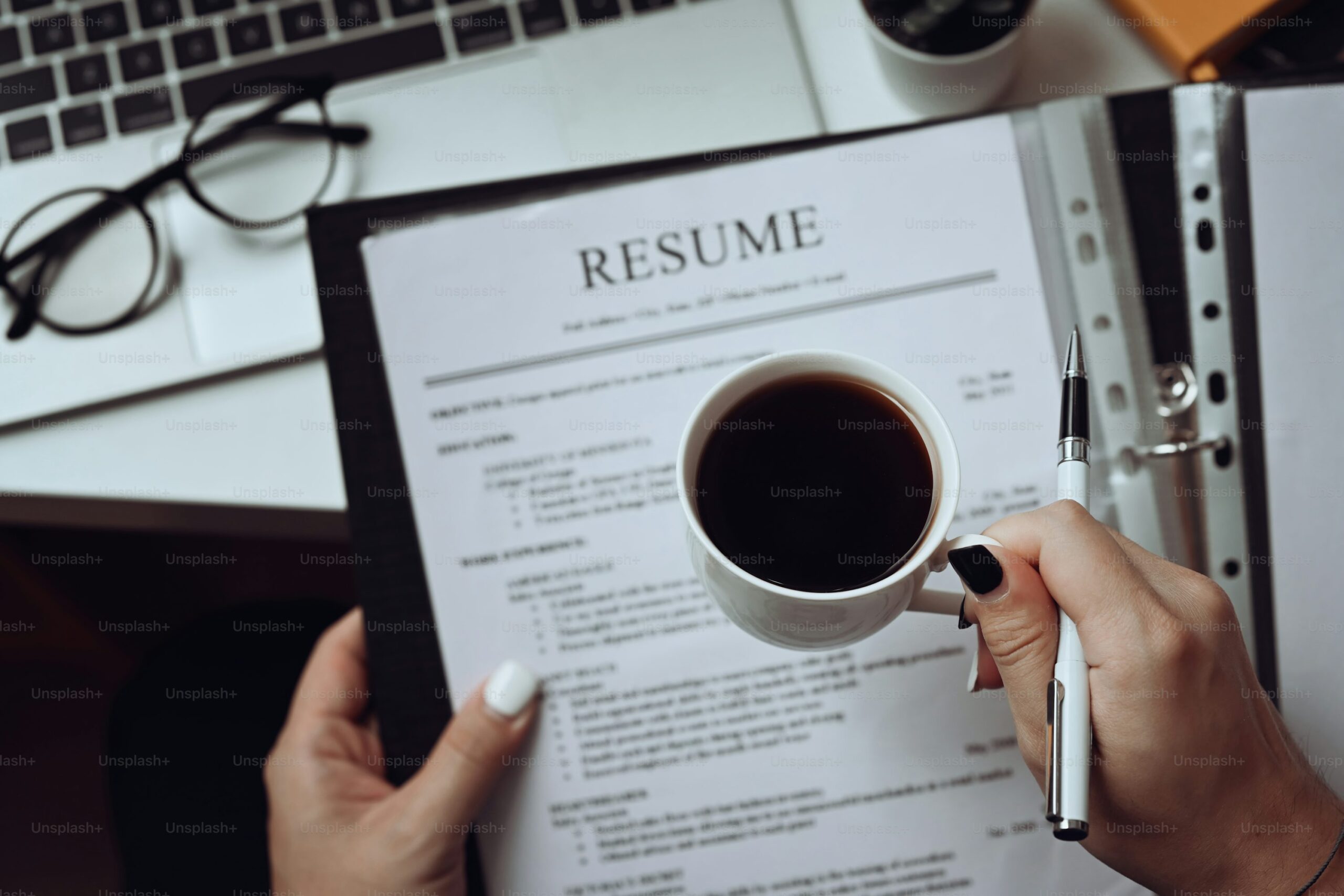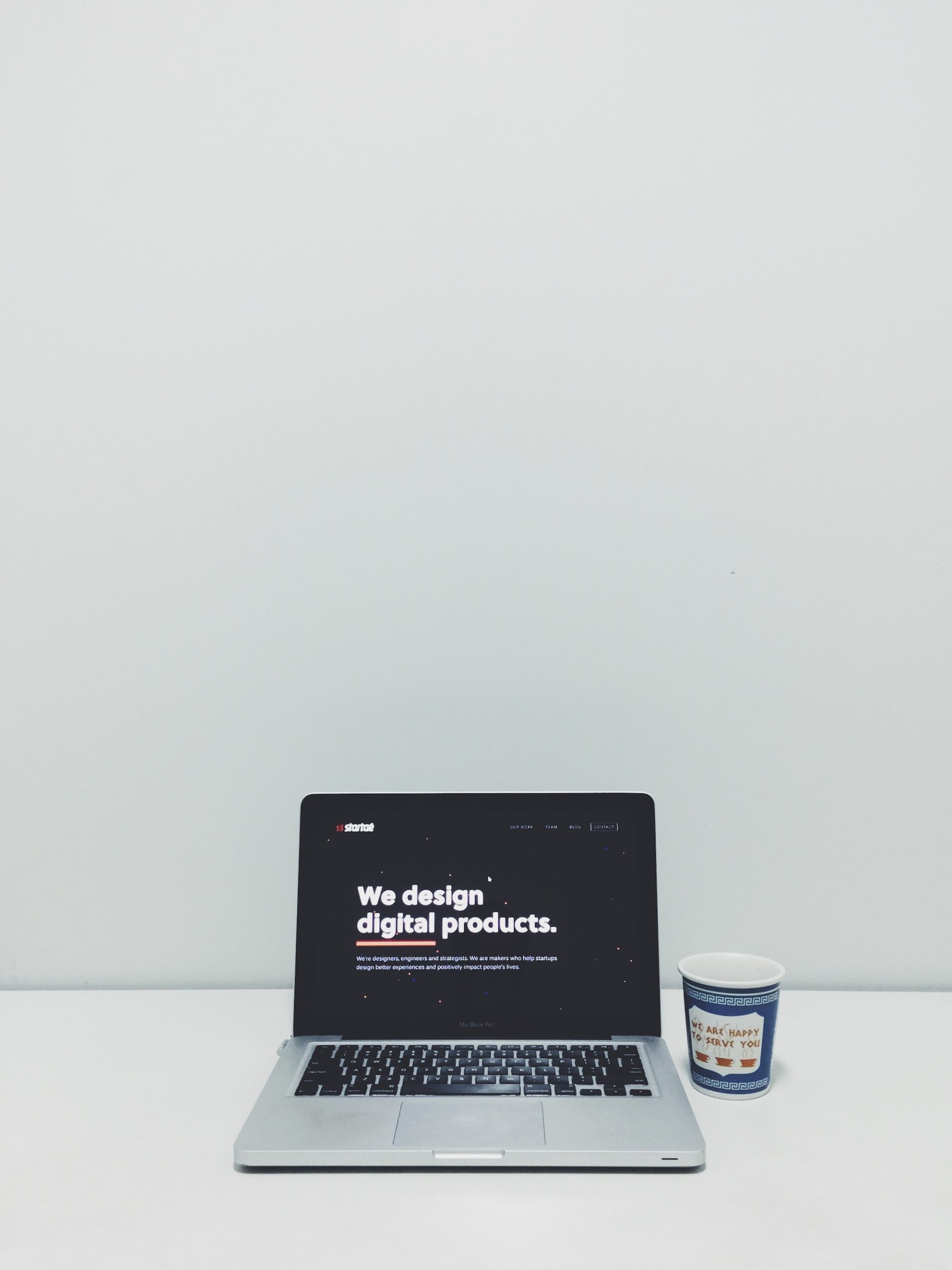Creating a resume as a high school student might seem intimidating, but it’s a powerful tool that can open doors to internships, part-time jobs, volunteer opportunities, and even scholarships.
I’ve been through this process myself, and I know that building a resume early on helps you understand your strengths, set clear goals, and create a personal brand that reflects who you are.
This post will walk you through the steps of creating a resume that stands out, whether you’re applying for your first job or gearing up for college applications.
Why Building a Resume Now Matters
High school is a time for learning not just academics but also life skills. Crafting a resume teaches you how to present your experiences and skills in a clear, concise format.
According to the National Association of Colleges and Employers, nearly 60% of employers say that the ability to communicate and present oneself well is key to landing a job.
Although these statistics are mostly aimed at college graduates and professionals, the skills you build in resume writing now are a solid foundation for your future.
Just Before You Go
Empower individuals to overcome barriers, gain essential skills, and secure gainful employment through our proven programs—KeelMaster, KeelWings, and KeelMate. Your support can spark change and build brighter futures.
Donate NowBy starting early, you can track your progress, refine your goals, and gain a sense of pride in your accomplishments. Plus, a resume isn’t just for job hunting; it’s also a useful document when applying for college, scholarships, or volunteer programs. It reflects your growth, your skills, and your ability to take initiative—all qualities that many decision-makers look for.
Step-by-Step Guide to Building Your Resume
1. Gather Your Information.
Before you start designing your resume, take some time to list everything you might include. Think about your:
- Contact Information: Full name, phone number, email, and possibly a link to a professional profile (like LinkedIn if you have one) or a personal website.
- Education: Include your high school name, location, expected graduation date, and your GPA if it’s strong. You might also add any honours or awards.
- Work Experience: This could be a part-time job, internship, or even responsibilities like babysitting or managing a small business. It’s not always about paid work; any experience that shows responsibility counts.
- Extracurricular Activities: Clubs, sports, arts, or any group activities that helped develop teamwork and leadership skills.
- Volunteer Work: Community service is highly valued. It shows that you care about others and are willing to work for a cause.
- Skills: Both soft skills (like communication and teamwork) and hard skills (such as proficiency in a foreign language or computer programs).
2. Choose the Right Resume Format.
For a high school student, a simple and clear format works best. I usually suggest a chronological format that lists your most recent experiences first. You can also consider a functional resume if you have limited work experience but lots of relevant skills and extracurricular activities. Here’s a basic outline you can follow:
- Header: Your name and contact details.
- Objective or Summary: A brief statement about your goals and what you can offer.
- Education: Your current school and achievements.
- Experience: Include jobs, internships, and relevant projects.
- Activities and Volunteer Work: Any additional experiences that highlight your skills.
- Skills: List both soft and hard skills.
3. Write a Strong Objective or Summary.
This section should be a short statement that tells the reader who you are and what you’re looking for. For example, “A dedicated high school student with strong leadership and communication skills seeking a part-time position that allows me to learn and grow while contributing positively to the team.” Keep it brief and to the point.
4. Highlight Your Achievements and Responsibilities.
When detailing your experiences, use action verbs to describe your roles. Instead of saying “I helped organize events,” try “Organized school events for over 200 students, enhancing community engagement and communication.” This shows initiative and impact. Quantify your achievements when possible, as numbers often make your experiences more tangible.
5. Keep It Clean and Simple.
A busy layout can distract from the content. Use a clean font like Arial or Calibri and plenty of white space. Bullet points help break up text and make your resume easier to read. I usually keep my resume to one page, especially when I’m just starting out. This helps keep the focus on your most important information.
6. Proofread and Edit.
Mistakes on a resume can cost you opportunities. Take time to read over your resume, and ask a teacher, family member, or friend to review it. Even small errors can make a big difference in how you’re perceived by potential employers.
Additional Tips and Resources
- Tailor Your Resume: I always emphasize the importance of tweaking your resume for each application. Highlight the experiences and skills that best match the job or opportunity.
- Use Online Tools: There are several free resume builders online that can help guide you through the process. For example, check out Indeed’s Resume Builder or Canva’s Resume Templates.
- Learn More: If you want to dive deeper into resume writing, websites like CareerOneStop offer free resources and tips specifically tailored for young job seekers.
- Stay Updated: It’s a good idea to refresh your resume periodically. As you gain more experience and complete more projects, update your resume so it always represents your best self.
Frequently Asked Questions
Do I really need a resume if I haven’t had a job before?
Yes! A resume is more than a record of employment; it’s a summary of your achievements, skills, and experiences. It can include volunteer work, school projects, extracurricular activities, and even personal projects that show initiative and responsibility.
How long should my resume be?
For a high school student, one page is usually enough. Keep it concise and focused on your most important experiences.
Should I include my GPA?
If your GPA is strong (usually 3.5 or above), including it can help. If it’s lower, consider leaving it out or highlighting other strengths.
What if I don’t have much work experience?
Focus on your skills, extracurricular activities, volunteer work, and any projects that show your ability to lead or work in a team. Employers understand that high school students are still gaining experience.
How can I make my resume look professional if I’m just starting out?
Use a clean and simple design. Stick to one or two fonts, use bullet points, and be consistent with your formatting. There are many free templates available online that can give your resume a polished look.
Final Thoughts
Creating your resume as a high school student is a valuable step in taking charge of your future. It allows you to showcase your strengths, set clear career goals, and make a strong first impression on potential employers or college admissions teams. Remember that your resume is a living document—it will evolve as you gain new experiences and skills.
I encourage you to take the time to build your resume carefully. Think about your experiences, your accomplishments, and the skills you’ve developed. This process is not only about landing a job but also about learning to represent yourself confidently. Every student’s journey is unique, and your resume is a chance to tell your story in a way that feels true to you.
As you work on your resume, you might feel a mix of excitement and nervousness. That’s completely normal! Every professional started somewhere, and the skills you build now will benefit you for years to come. Remember, practice makes perfect, and every update is a step toward a brighter future.
So, after reading all these tips and steps, what are your thoughts on taking the first step in crafting your future narrative? How will you approach the question: How To Create a Resume as a school student?
Just Before You Go
Empower individuals to overcome barriers, gain essential skills, and secure gainful employment through our proven programs—KeelMaster, KeelWings, and KeelMate. Your support can spark change and build brighter futures.
Donate Now



